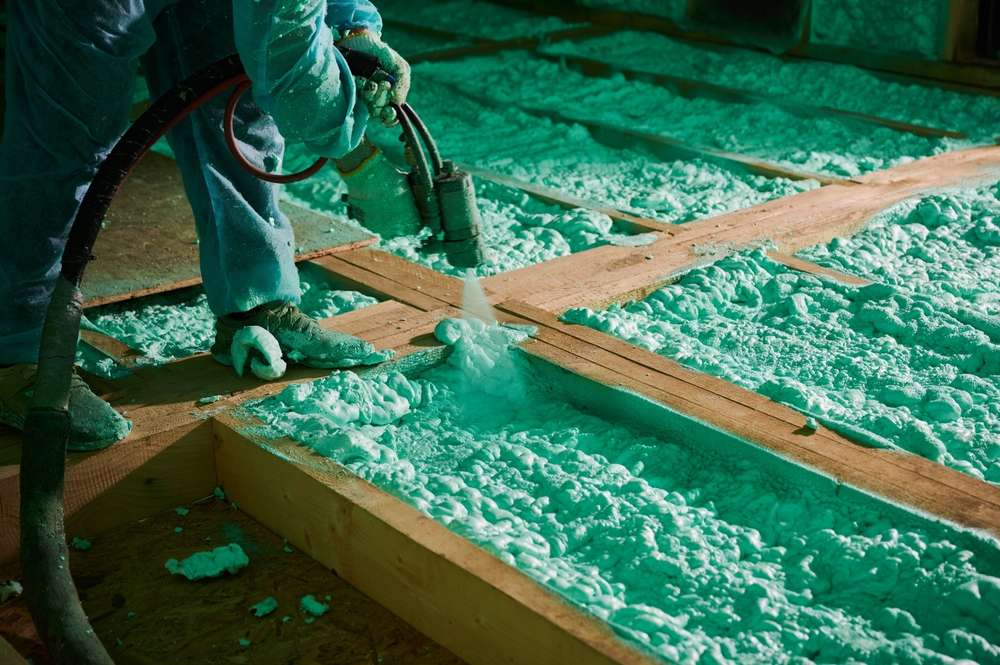Complete Roof Insulation Renovation: Everything You Need to Know
A comprehensive roof insulation renovation involves replacing or upgrading your existing roof structure whilst simultaneously installing high-performance insulation materials. This process combines traditional roofing replacement with modern insulation techniques to create an energy-efficient barrier that reduces heat loss, lowers energy bills, and improves overall home comfort. Understanding the various materials, installation methods, and planning requirements will help you make informed decisions about this significant home improvement investment.

What Are the Essential Roof Renovation Steps?
The roof renovation process typically begins with a thorough structural assessment to determine the condition of existing rafters, joists, and roof decking. Professional contractors will remove old roofing materials, inspect for damage, and repair any structural issues before proceeding. The next phase involves installing vapour barriers and breathable membranes to prevent moisture problems. Following this preparation, insulation materials are fitted between rafters or as continuous layers, depending on the chosen method. Finally, new roofing materials are installed, including tiles, slates, or metal sheeting, along with updated guttering systems and flashing details.
Planning permission requirements vary depending on your location and the extent of renovation work. Most standard roof replacements fall under permitted development rights, though listed buildings or properties in conservation areas may require additional approvals. Building regulations compliance is mandatory for all roof insulation work, requiring calculations to demonstrate thermal performance meets current standards.
Which Roof Insulation Material Works Most Effectively?
Modern roof insulation materials offer different performance characteristics suited to various applications and budgets. Mineral wool remains popular due to its fire resistance, acoustic properties, and cost-effectiveness, typically providing thermal conductivity values between 0.032-0.044 W/mK. Rigid foam boards, including polyisocyanurate and polyurethane, deliver superior thermal performance with conductivity values as low as 0.020-0.025 W/mK, making them ideal for achieving high insulation levels in limited space.
Natural materials like sheep’s wool and wood fibre provide excellent breathability and environmental credentials, though often at higher costs. Multifoil reflective insulation offers thin profile solutions but requires careful installation with air gaps to achieve stated performance levels. The choice between materials depends on factors including available space, thermal targets, moisture management requirements, and budget constraints.
Installation methods vary significantly between warm roof and cold roof approaches. Warm roof construction places insulation above the roof structure, eliminating thermal bridging but requiring careful detailing around penetrations. Cold roof systems install insulation between rafters, maintaining structural access but requiring adequate ventilation to prevent condensation issues.
How Do Roof Insulation Boards Compare to Other Options?
Roof insulation boards provide several advantages over traditional loose-fill or batt insulation materials. Their rigid structure enables precise cutting and fitting, reducing installation time and minimising gaps that could compromise thermal performance. Most insulation boards incorporate moisture-resistant properties, making them suitable for exposed applications during construction phases. The dimensional stability prevents settling or compression over time, maintaining consistent thermal performance throughout the building’s lifespan.
Polyisocyanurate boards offer exceptional thermal efficiency, achieving U-values as low as 0.15 W/m²K with relatively thin profiles. Phenolic foam boards provide even better thermal performance but require careful handling due to their brittle nature. Extruded polystyrene boards combine good insulation properties with high compressive strength, making them suitable for applications requiring structural support.
However, rigid boards typically cost more per square metre than flexible alternatives and require precise measurement and cutting to avoid thermal bridging at joints. Mechanical fixing systems add complexity and potential thermal bridge points unless properly detailed with thermal washers or continuous insulation layers.
| Insulation Type | Thermal Conductivity (W/mK) | Typical Cost per m² | Key Benefits |
|---|---|---|---|
| Mineral Wool Batts | 0.032-0.044 | £3-8 | Fire resistant, acoustic performance |
| PIR Insulation Boards | 0.020-0.025 | £8-15 | High thermal efficiency, moisture resistant |
| Phenolic Foam Boards | 0.018-0.022 | £12-20 | Exceptional thermal performance |
| Natural Wool Insulation | 0.035-0.040 | £6-12 | Breathable, sustainable materials |
Prices, rates, or cost estimates mentioned in this article are based on the latest available information but may change over time. Independent research is advised before making financial decisions.
What Installation Considerations Affect Renovation Success?
Professional installation requires careful attention to continuity and thermal bridging prevention. Insulation layers must connect seamlessly at junctions between walls, floors, and roof spaces to maintain the building’s thermal envelope. Air tightness testing may be required to demonstrate compliance with building regulations, particularly for new build or extensive renovation projects.
Weather protection during installation prevents moisture damage to new insulation materials and structural elements. Temporary coverings or phased installation approaches help maintain building weatherproofing throughout the renovation process. Coordination with other trades, including electricians and plumbers, ensures service penetrations are properly sealed and insulated.
Building control inspections typically occur at key stages, including structural work completion, insulation installation, and final roofing installation. Maintaining detailed records of materials and installation methods helps demonstrate compliance and provides valuable information for future maintenance or modifications.
A well-planned roof insulation renovation delivers immediate improvements in thermal comfort and energy efficiency whilst adding long-term value to your property. By understanding the available materials, installation methods, and regulatory requirements, homeowners can make informed decisions that balance performance, cost, and environmental considerations for their specific circumstances.




